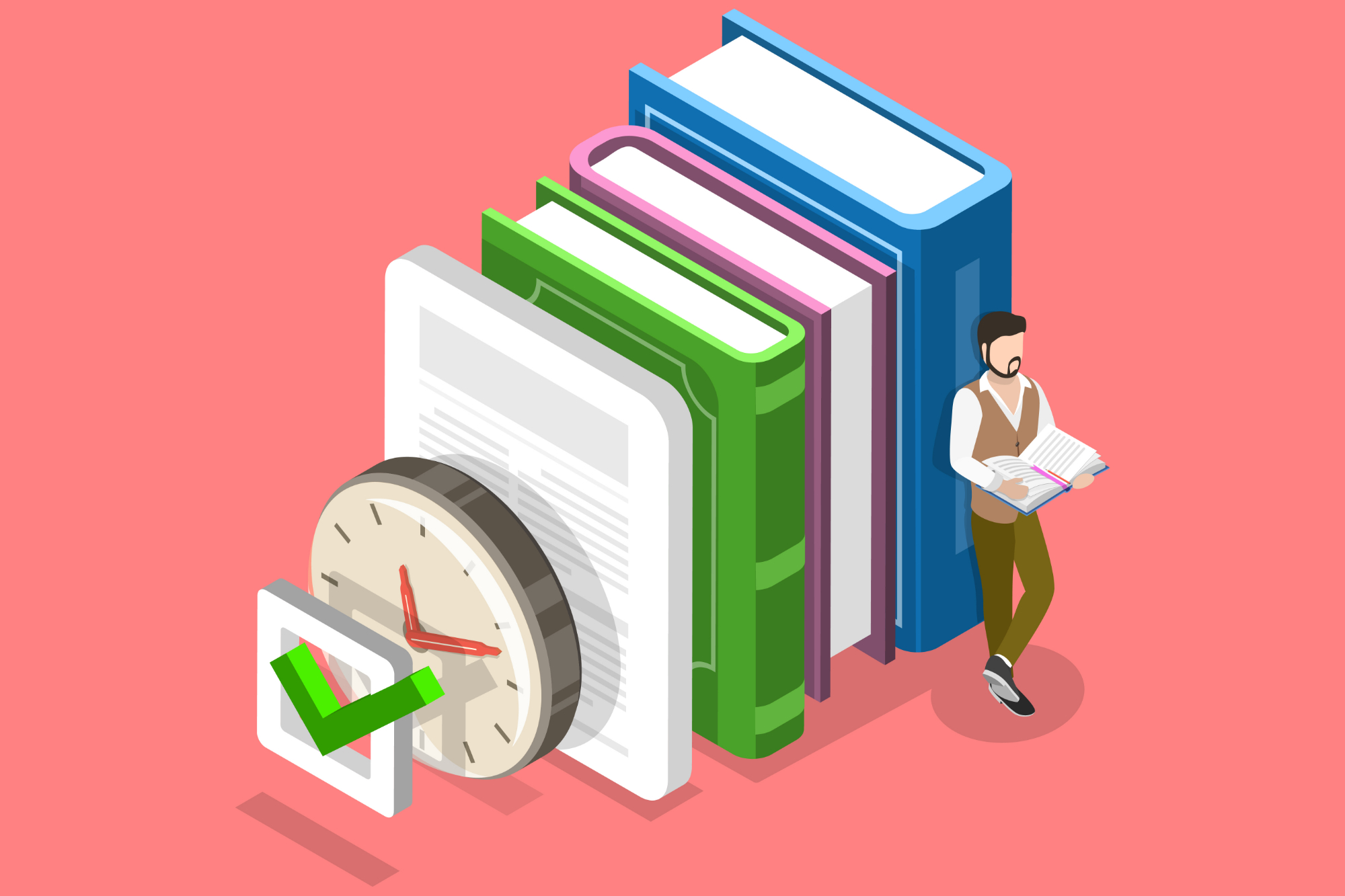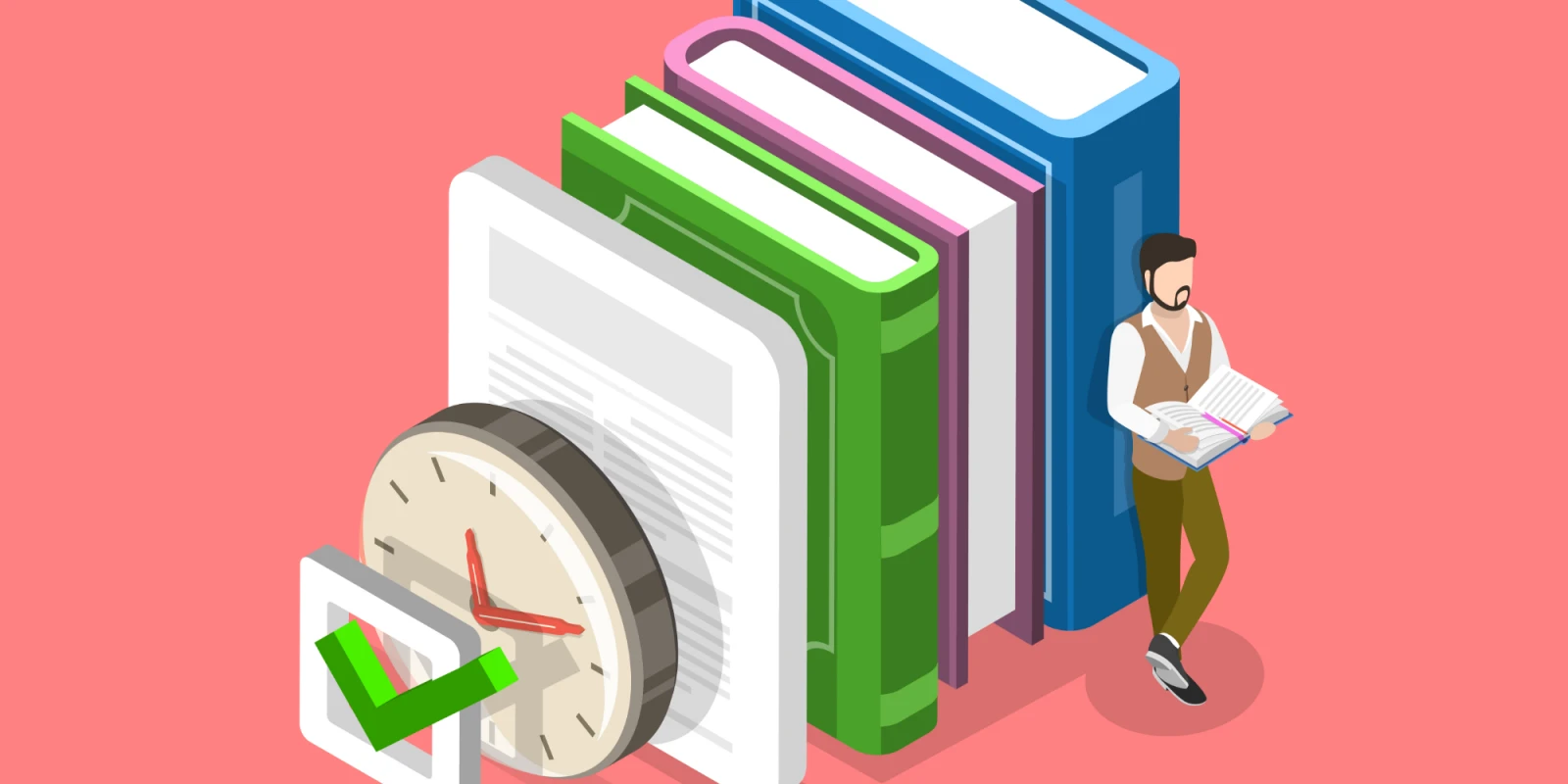
There have been considerable research efforts over the past few decades to evaluate methods for optimizing adult learning, particularly as they relate to standardized exams. As a USMLE tutor, I have seen how transformational it can be for a student to make the switch from commonly-used, ineffective study methods to evidence-based, effective study methods. Here, I’d like to summarize the literature on this subject to demonstrate that efficient test preparation is not a matter of opinion, but rather consists of an established set of research-backed principles. I’ll explore some high-yield strategies that have been shown to increase test scores, an outcome of much interest to students facing career-determining exams like the USMLE.
Strategies That Work
Practice Testing: High Utility
The single most effective way to improve test scores is through self-testing. This principle has been demonstrated time and time again over the past 100 years. Moreover, practice testing has been shown to be equally effective in both “high achieving learners” (students getting a lot of questions right on a practice test) and “low achieving learners” (students getting a lot of questions wrong). In other words, it is never too early to start practice testing and it is completely okay to answer the majority of questions incorrectly at first! The beneficial effects of practice are theorized to stem from the formation of new memory pathways that make accessing information stored in long-term memory easier. A clinical trial published in Science found that study methods focusing on retrieval practice resulted in test scores up to 50 percent higher than concept mapping and 100 percent higher than reading alone. In a study of U.S. medical students, researchers found that the amount of practice testing was more predictive of USMLE scores than undergraduate GPA or MCAT percentile. The takeaway: you really should take a lot of practice tests.
Spaced Repetition: High Utility
Along with practice testing, spaced repetition has been shown to improve test scores. Prior to medical school, some students (up to 30 percent) find “cramming” to be an effective studying strategy. Don’t be fooled, this absolutely will not work for USMLE exams; there is simply too much information for your short-term and working memory to accommodate. Spaced repetition helps convert working memory into long-term memory, which not only allows you to retain and recall more information, but also reduces your cognitive load on test day. Students who follow a spaced repetition approach commonly feel less prepared than those who cram for exams but perform much better. Cramming may feel effective in the moment, but as the amended figure below clearly demonstrates, spaced-repetition pays off when it matters most (on test day).
Figure 1 – Adapted from Sousa 2012
Strategic Study Breaks: High Utility
Strategic study breaks are absolutely critical to an optimal study schedule. In the education literature, there is a well-recognized phenomenon known as the primacy-recency effect. This phenomenon describes how information retention is highest in the 15-30 minutes following a break and the 10-15 minutes just before a break (see figure below). What does this mean for you? Long study periods without breaks increase the relative amount of “down time” where you aren’t learning as effectively. A few well-timed breaks can significantly decrease your total down-time, maximizing how much you actually learn in a given period of time.
Figure 2 – Adapted from Baddeley and Longman, 1978
Strategies That Don’t Work
Highlighting: Low Utility
Highlighting has been shown to have little to no benefit when it comes to preparing for a test. In multiple controlled studies, highlighting has failed to help U.S. Air Force basic trainees, undergraduates, and remedial students. It may actually hurt performance on higher-level tasks; I would argue USMLE preparation falls into this category. The proposed issue with highlighting is its effect of drawing attention to individual items rather than connections across items. Exams like the USMLE frequently test on second or third order concepts. Test takers need to be able to integrate information, not just regurgitate it, to do well. Highlighting may take on an anxiety-reducing quality when done habitually, so it can be a particularly hard habit to give up, but I encourage you to at least try to put the highlighter(s) down.
Rereading: Low Utility
I can’t tell you how many times a classmate proudly proclaimed the number of “passes” he or she made through First Aid. Were these efforts rewarded? Science’s answer is a resounding no. Our anecdotal experience, among those pursuing Step 2 CK tutoring after poor Step 1 performance, is that these “re-readers” often perform worse on Step 1 than what one would expect based on their MCAT scores. In rereading, we see a prime example of the law of diminishing returns. Each subsequent pass through First Aid, Pathoma, or any other resource, results in smaller and smaller amounts of newly retained information. Thoughtful, spaced repetition, on the other hand, is your friend!
There are scientifically-proven ways to study effectively, and based on them, this is how you should approach your USMLE studying:
- Focus most of your study time on practice tests and questions
- Use spaced-repetition to address any knowledge gaps
- Incorporate strategic study breaks
- Avoid rereading and passive highlighting
Even if it feels like all of your classmates are reading and highlighting First Aid cover to cover twelve times, just say no to this ineffective strategy that will not help you succeed on test day. Instead, focus on the high-utility, evidence-based study methods and pass the test.
References
1. Binks, S. (2018). "Testing enhances learning: A review of the literature." Journal of Professional Nursing 34(3): 205-210.
2. McIntyre, S. H. and J. M. Munson (2008). "Exploring cramming: Student behaviors, beliefs, and learning retention in the principles of marketing course." Journal of Marketing Education 30(3): 226-243.
Dylan Haynes is a fourth-year medical student at Oregon Health & Science University. He is pursuing a dual-degree and will graduate in 2020 with an M.D. and a master’s degree in clinical and translational research. He has excelled on USMLE examinations, scoring a 273 on Step 1, and a 271 on Step 2 CK, and tutors for both exams with USMLE Pro. Previously Published in USMLE Pro.






